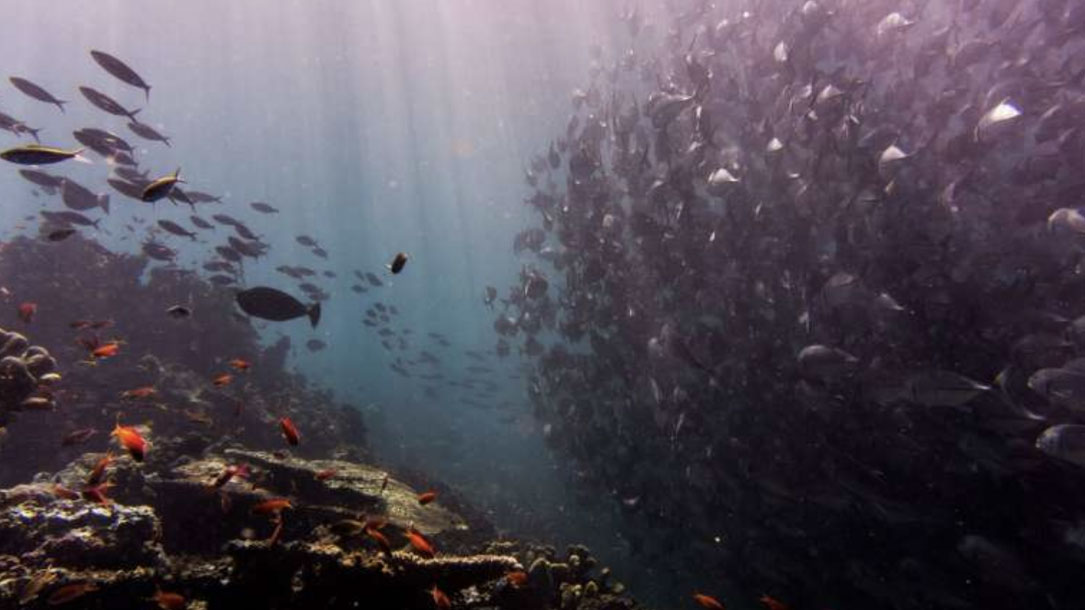
Study shows 90% of marine species at risk of extinction in 78 years if greenhouse gas emissions are not curbed
Greenhouse gas emissions impact the world’s climate in two ways. They raise the temperature of the atmosphere (and by extension, Earth’s surfaces and bodies of water) by holding in heat, and in the case of CO2 emissions, they make water more acidic, like carbonated soft drinks…
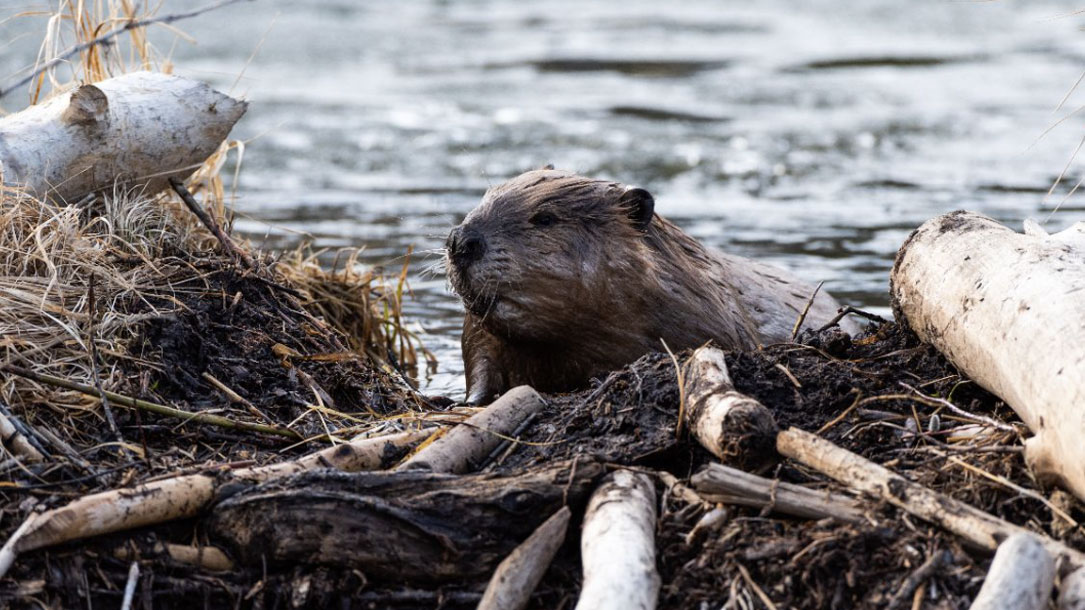
Beaver: The North American freshwater climate action plan
Rivers and streams, when fully connected to their floodplains, are naturally resilient systems that are increasingly part of the conversation on nature-based climate solutions. Reconnecting waterways to their floodplains improves water quality and quantity, supports biodiversity and sensitive species conservation, increases flood, drought and fire resiliency, and bolsters carbon sequestration. But, while the importance of river restoration is clear, beaver-based restoration—for example, strategic coexistence, relocation, and mimicry—remains an underutilized strategy despite ample data demonstrating its efficacy.
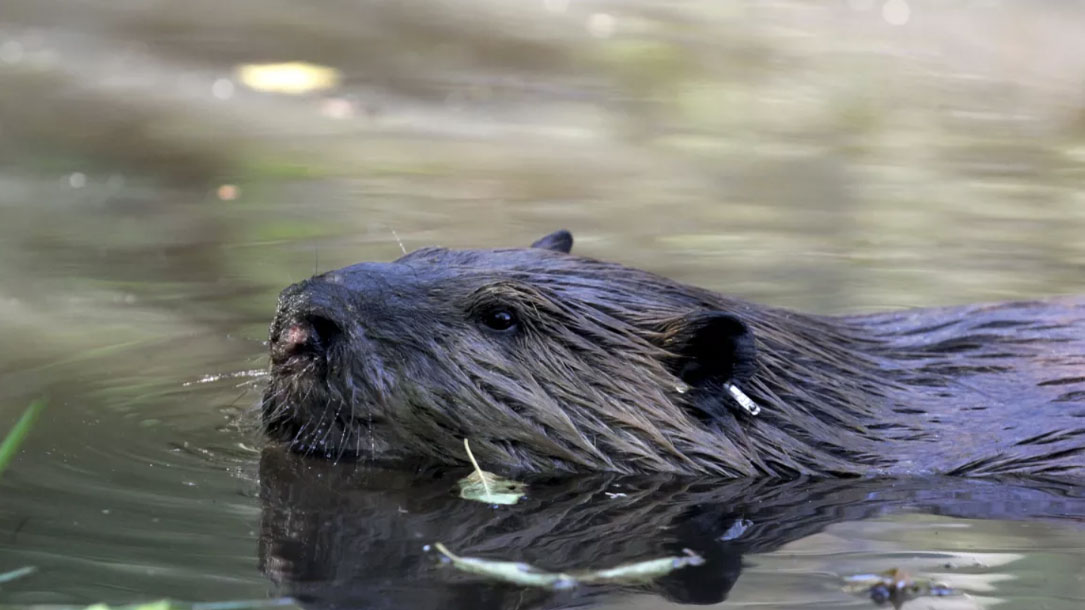
Want to fight climate change and drought at the same time? Bring back beavers
There’s a strong consensus among scientists and environmental managers on the benefits of working with beavers to protect our natural environments. Beavers can help us continue to live on, work with, and enjoy our Western landscape. As ecosystem engineers, they build dams and dig canals to escape predators. Their manipulation of plants for food and building materials produces wide-ranging environmental gains…

Riverscapes as natural infrastructure: Meeting challenges of climate adaptation and ecosystem restoration
Rivers have been diminished, simplified, and degraded globally by the concentration of agriculture, transportation, and development in valley bottoms over decades and centuries, substantially limiting their ecological health and value. More recently, climate change is steadily increasing stress on aging traditional, gray infrastructure. Recent trends in river management present an opportunity to address both the ecological degradation and climate stress.

Mississippi river basin could be in an ‘extreme heat belt’ in 30 years
The study finds that, on average, the number of extremely hot days will more than double in that same period.
In Kansas, for example, the temperature soared above 98 degrees for seven days this year. By 2053, Kansans can expect 20 days at that temperature.
“We need to be prepared for the inevitable,” said Matthew Eby, founder and CEO of First Street Foundation. “A quarter of the country will soon fall inside the extreme heat belt, with temperatures exceeding 125 degrees Fahrenheit, and the results will be dire.”
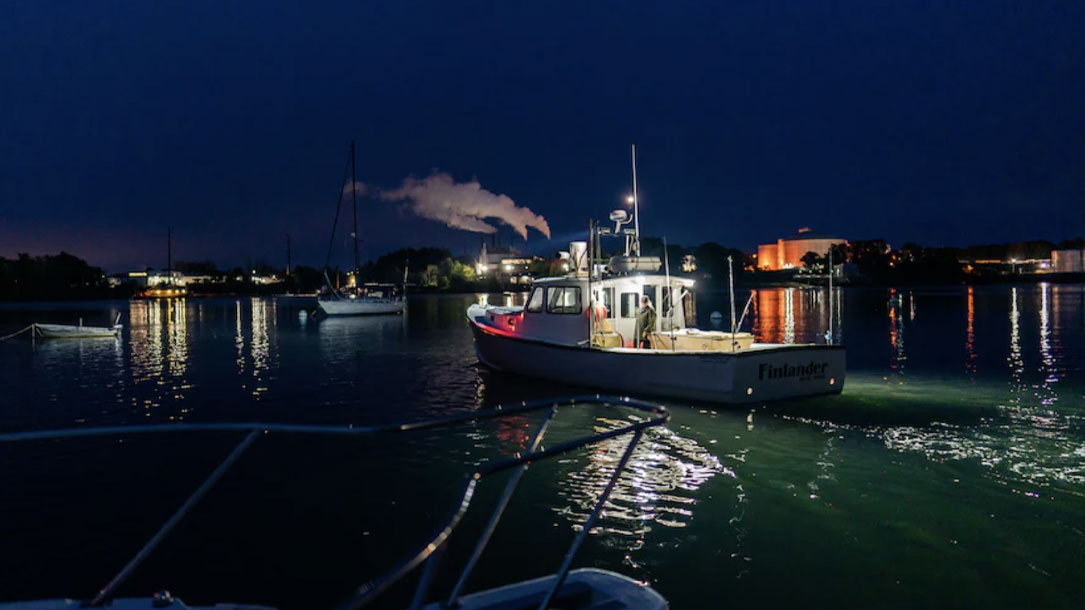
Gulf of Maine waters spiked to record warm levels in fall 2021
Water temperatures in the Gulf of Maine this fall felt more like summer. A little too much.
The Gulf of Maine Research Institute announced the warmth of inlet waters adjacent to Maine and northern Massachusetts was the highest on record between September and November — by a lot. Last year was nearly 0.5 degrees warmer than 2012, which previously held the title for warmest fall. Sea surface temperatures during the season hovered above 60 degrees through almost the end of October, about 6 degrees above normal.
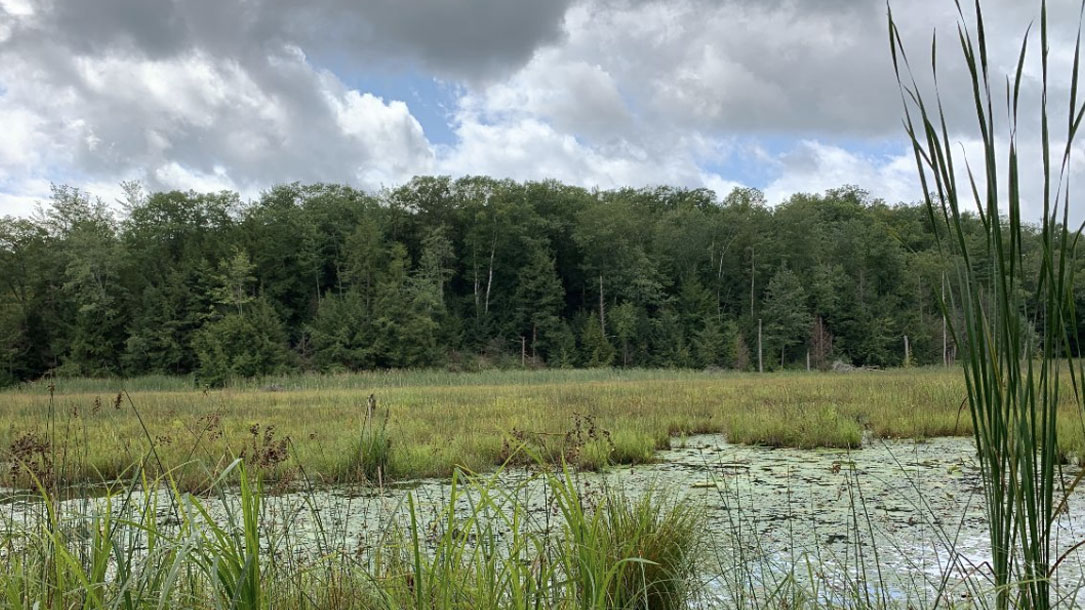
Coastal marsh migration may further fuel climate change
As rising sea levels cause marshes to move inland in six mid-Atlantic states, the coastal zone will not continue to serve as a carbon sink but release more carbon into the atmosphere, a new modeling study led by researchers at Duke University finds.
Earlier estimates focused on the potential for an expanded area of coastal marshes to capture more carbon, removing it from the atmosphere where it acts as a greenhouse gas in the form of carbon dioxide. But as coastal marshes invade low-lying forests and freshwater wetlands, the loss of trees and decomposition will release more carbon into the air than can be captured by the marshes, further contributing to global climate change…
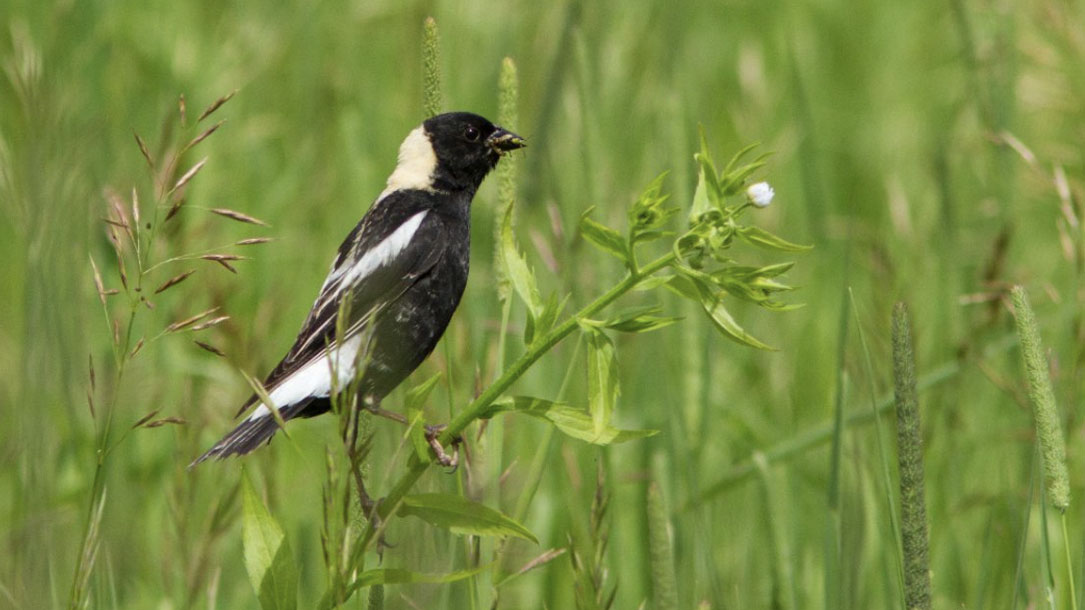
2021 Plowprint Report
In a concerning trend, WWF’s 2021 Plowprint Report has revealed that, for the second year in a row, grassland plow-up across the Great Plains has continued to accelerate. The 2021 report, which utilizes the USDA’s annual Cropland Data Layer and the Canadian Annual Crop Inventory from two years prior to its release date, finds that from 2018-2019 an estimated 2.6 million acres of grassland were plowed-up, primarily to make way for row crop agriculture. This is an area larger than Yellowstone National Park. Within the Northern Great Plains (NGP), the Great Plains’ most intact region, nearly 600 thousand acres were plowed up during this same period.
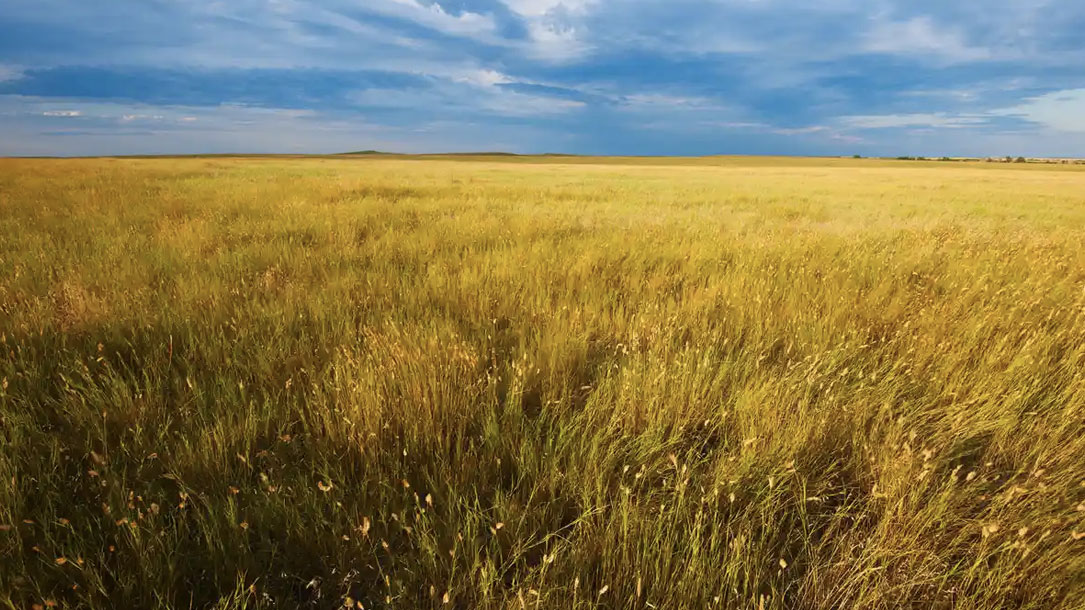
America’s native grasslands are disappearing
Lendrum led a research team that released a report in September showing that from 2018 to 2019 an estimated 2.6 million acres of grassland were plowed up, primarily to make way for row crop agriculture — an area larger than Yellowstone national park.
For a few years, the rate of grassland loss was decreasing. But then in 2018 and 2019, the number started to increase again, Lendrum says. “That’s an alarming trend.” It’s also a huge blow for efforts to fight the climate crisis and represents a little reported unfolding environmental disaster in the US…

Nature’s make or break potential for climate change
Though his business card says Director of Forest Carbon Science at The Nature Conservancy (TNC), Bronson Griscom introduces himself as an ecological accountant. Griscom radiates an optimism somewhat rare in seasoned environmentalists, especially when he discusses the “carbon economy” of nature: the everyday role that trees, grasslands and coastal habitats play in the carbon cycle. Griscom can measure the carbon impact of logging in old growth forests, or how well different forest ecosystems work as sinks for absorbing and storing carbon from the atmosphere. He helps link our economy with the economy of the biosphere.












